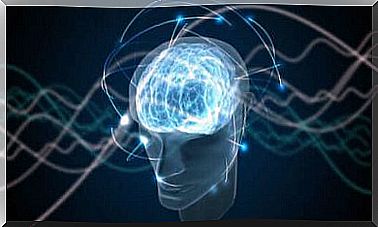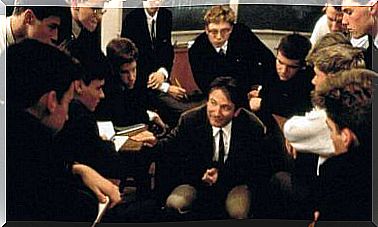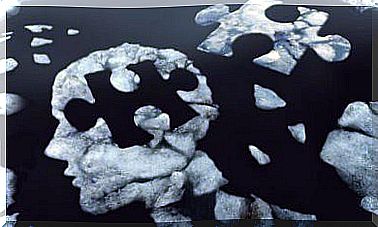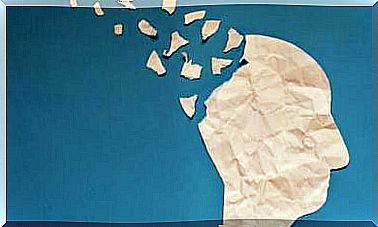Curious And Interesting Neurological Disorders
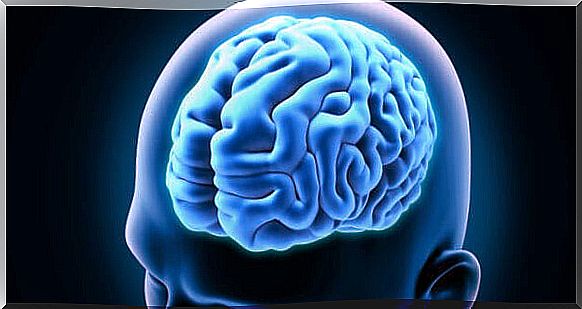
The brain is a complex structure that largely directs our behavior; but it is also the place where our thoughts and emotions reside. Analyzing the biological substrate is essential to understand the functioning of cognition. However, the complexity of the brain, coupled with methodological difficulties, make exploration of the nervous system very difficult. One way to learn more about how it works is to study neurological disorders.
Normally damage to the structures of the nervous system has more or less evident consequences on our behavior. If we associate these consequences with damaged areas, we can locate a multitude of functions and processes. However, certain precautions must be taken, since people with neurological disorders find themselves in particular conditions that can distort or otherwise contaminate conclusions in this regard. Examples of this are seen in people who have various damaged areas or who take medications with different side effects.
In this article, we will talk about three neurological disorders that, in some ways, seem incredible. They will help us to understand to what extent each of the cognitive processes is mediated by a biological substrate. Below we will explain the blind vision, the one-sided spatial neglect and the Split-brain (literally “divided brain”).
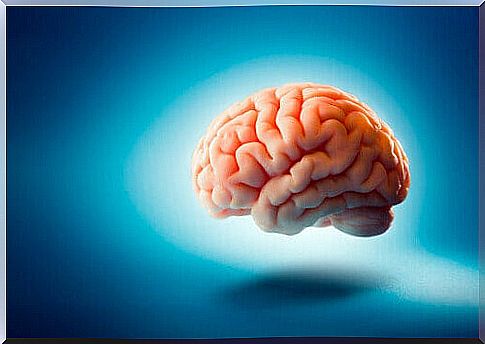
3 neurological disorders
Blind vision
Let’s imagine that we are dealing with a person who recently had an accident during which he suffered brain damage. This person tells us that he sees absolutely nothing, that he has lost his sight. However, we notice a curious element: his eyes follow our movements and for this reason we decide to continue with the research. When we tell her to take an object, this person reaches out and reaches for the object as if seeing it. And if we insist that he try to guess numbers on a screen, he guesses them with much higher precision than would be expected if he tried to guess at random. How is it possible?
After observing the patient’s conduct, the data reveals that he sees what is happening around him, but claims to be blind. Does this mean that he is lying? The answer is no, since the problem is that the subject is unable to pay attention to what he is seeing. Unconsciously, it processes all visual stimuli but, due to an attention deficit, these data do not pass to the conscious level.
It is one of the most incredible neurological disorders, as the people who suffer from it are living proof that there is processing without the need for the intervention of consciousness.
One-sided spatial neglect
The Unilateral spatial neglect is another neurological disorders of attentional character, like the blind sight. It is associated with damage in the right prefrontal cortex. To understand this, it is necessary to know that the left prefrontal cortex takes care of the attentional processes of the right side of the visual field; on the contrary, the right prefrontal cortex takes care of the attention of the left visual field. Thus, damage to the right prefrontal cortex will deprive the subject of attentional processes in the left visual field.
But what are the consequences of not paying attention to one side of the visual field? These patients will only be aware of the right side of their vision. In them we will see behaviors such as: eating only the right side of a plate, wearing only the right half of the face and drawing only the right side of an object. The most incredible aspect of this disorder is that patients are unaware that they have a problem. Despite their condition, they believe they have a normal and consistent life.
Another interesting aspect is that it is not just about the field of view received by the eyes, but also the imagination. If you tell a person with this disorder to mentally place himself in the Piazza del Duomo in Milan and describe the scene to you, he will only mention the elements on the right side. On the contrary, if we ask him to turn around, having the elements previously described on the left side, he will no longer be able to mention them. Now he will mention only the elements he had not previously mentioned.
Split-brain
Finally, let’s talk about one of the most curious and impressive neurological disorders, that of the Split-brain. In severe cases, it is necessary to perform an operation called a callosotomy. This operation involves the dissection of the corpus callosum of a subject, which is the main connection between the two cerebral hemispheres. Therefore, it implies a deactivation of cooperation between the left and right hemisphere.
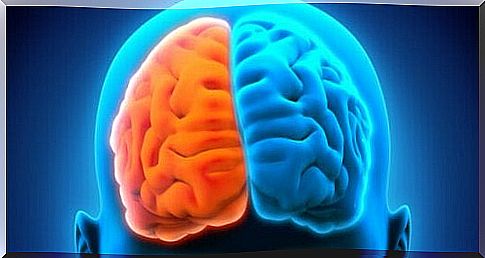
One of the most curious symptoms is the alien hand syndrome. In which it seems that the patient’s left hand has a life of its own and that the subject is unable to direct its motor conduct. This is due to the fact that the area in charge of the voluntary movement of the left hand is located in the right hemisphere, while the language is located in the left side.
In this disorder we observe that each of the hemispheres carries out an independent conduct in the subject. There are a multitude of anecdotes revealed by the patients themselves which support this thesis. For example, a patient who, while reading a book, witnesses the movement of his left hand trying to close it, because, since his right hemisphere cannot read, he is bored. In another case, a patient tries to beat his partner with his left hand while trying to avoid him with his right.


